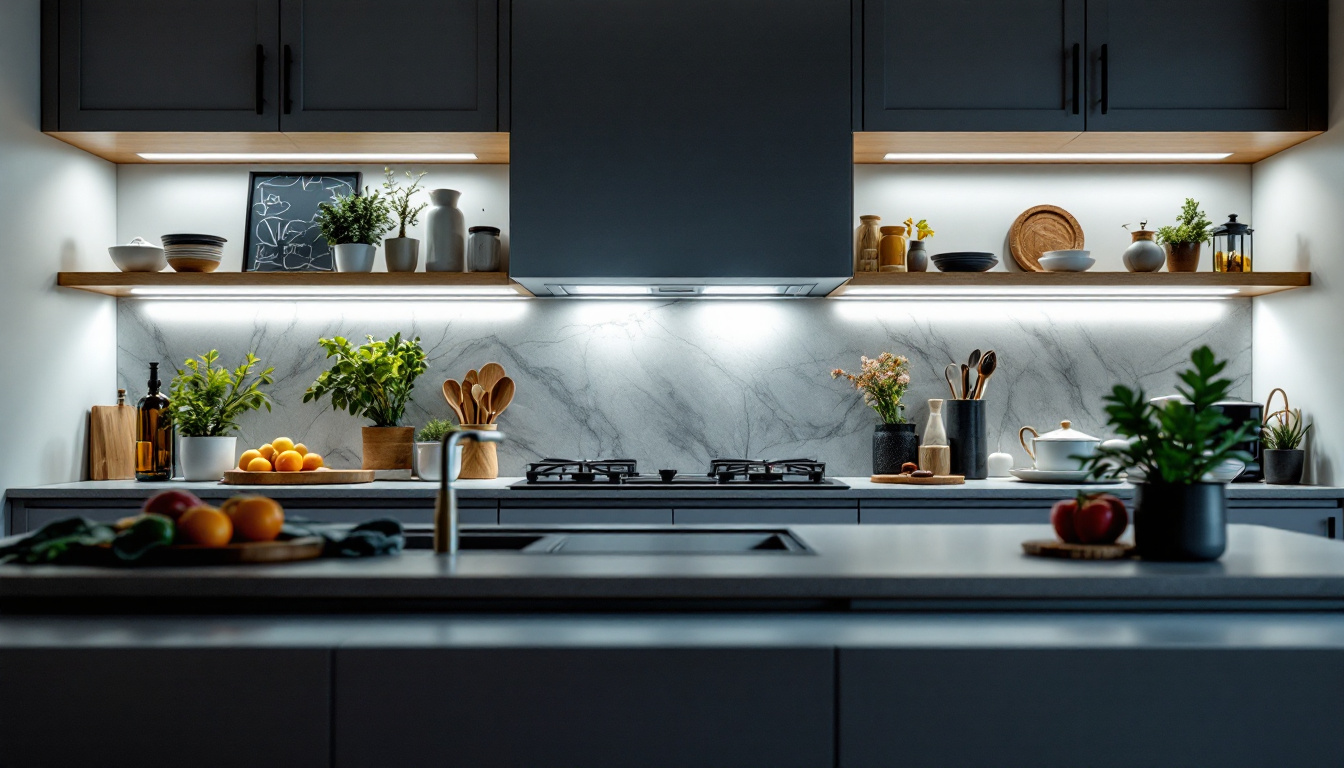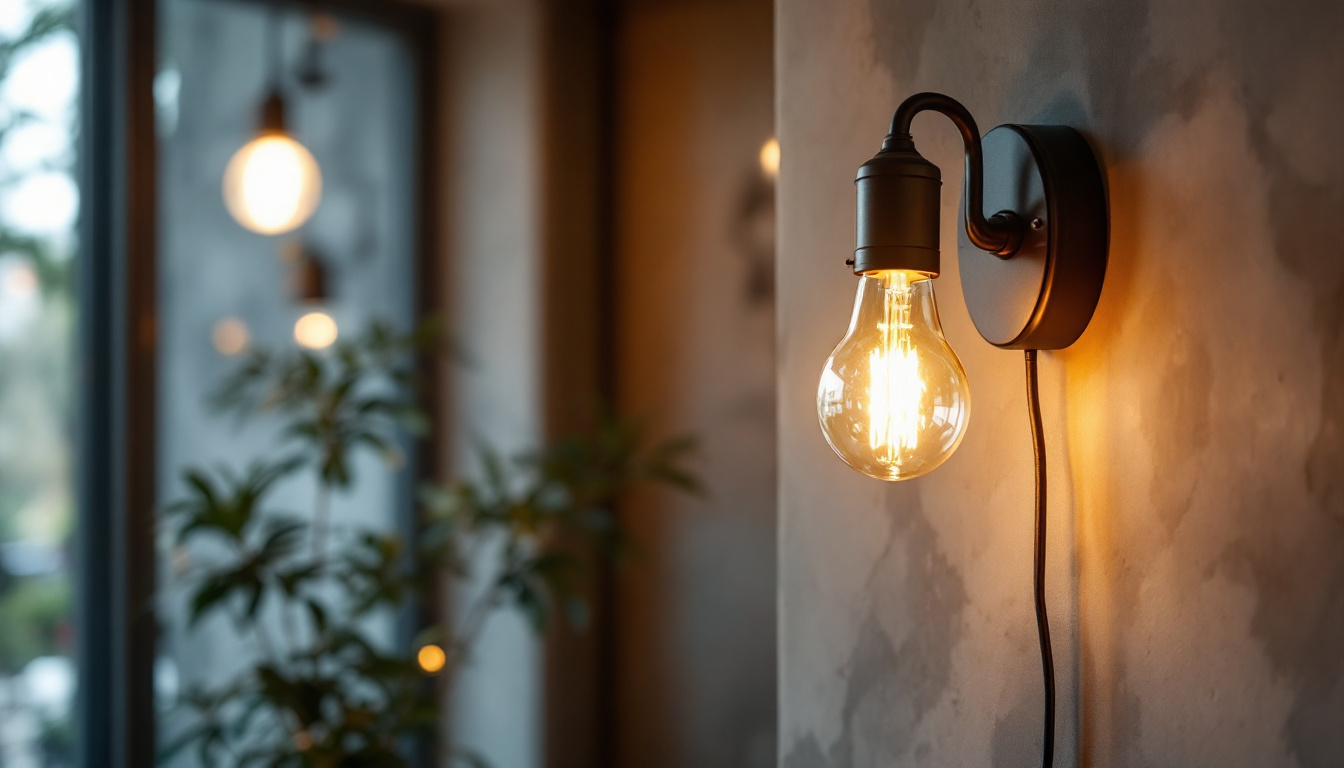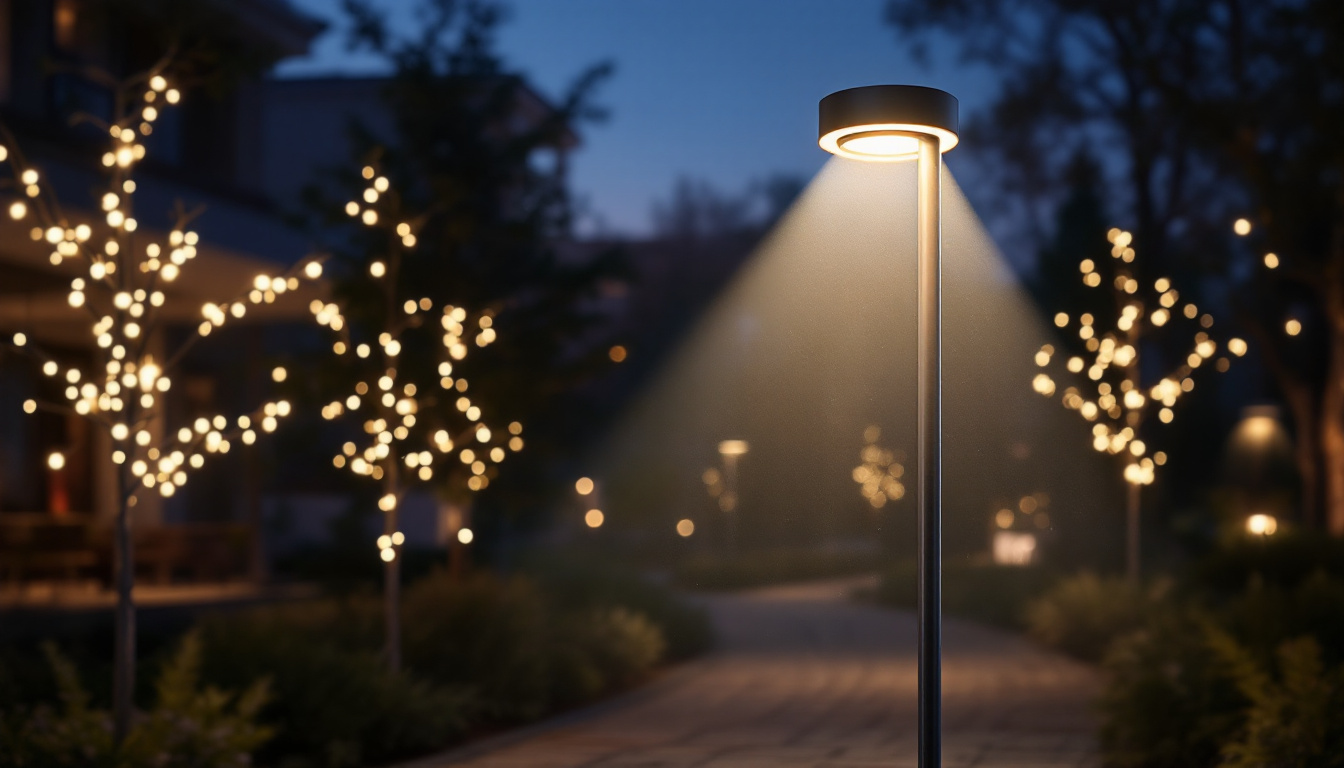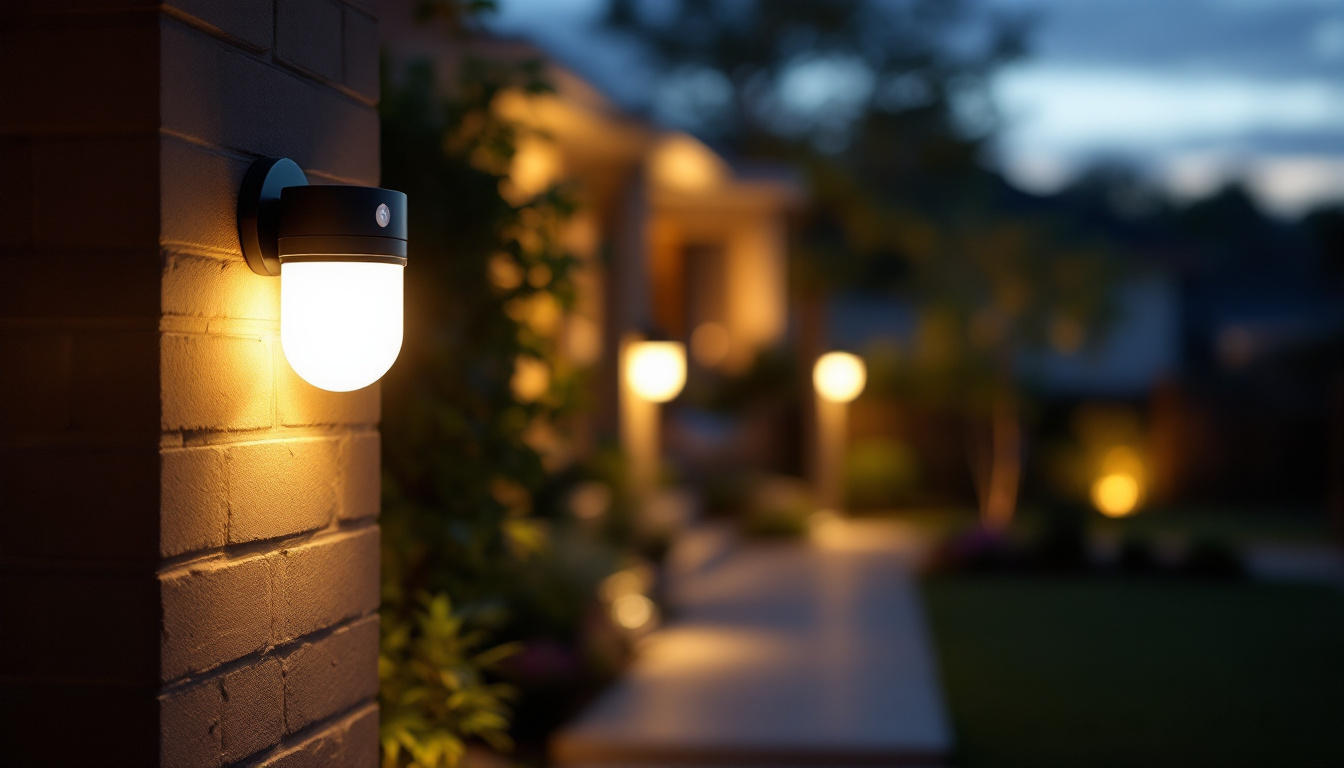
Lighting plays a crucial role in enhancing the aesthetics and functionality of spaces, particularly in cabinetry. Strip lighting, specifically, has gained popularity among homeowners and designers for its versatility and modern appeal. For lighting contractors, understanding the nuances of strip lighting for cabinets is essential to meet client expectations and deliver exceptional results. This article delves into everything lighting contractors should know about strip lighting for cabinets, covering types, installation tips, design considerations, and more.
Strip lighting, often referred to as LED tape or ribbon lighting, consists of a flexible circuit board with multiple light-emitting diodes (LEDs) mounted on it. This type of lighting is highly adaptable, making it suitable for various applications, including under-cabinet lighting, inside cabinets, and even as accent lighting. The ability to cut and customize strip lighting to fit specific dimensions allows for seamless integration into cabinetry.
When selecting strip lighting for cabinets, it’s essential to understand the different types available. The most common options include:
Strip lighting offers numerous benefits that make it an attractive option for cabinetry. First and foremost, its flexibility allows for creative designs that traditional lighting fixtures cannot achieve. Additionally, LED technology ensures energy efficiency, resulting in lower electricity bills and a reduced carbon footprint.
Moreover, strip lighting can enhance the visibility of items within cabinets, making it easier for users to find what they need. The soft glow of LED strips can also create a warm ambiance, elevating the overall aesthetic of the space.
Another significant advantage of strip lighting is its ease of installation. Many strip lights come with adhesive backing, allowing for quick and straightforward application without the need for professional help. This DIY-friendly aspect makes it an appealing choice for homeowners looking to upgrade their lighting without extensive renovations. Furthermore, the low-profile design of strip lighting means it can be installed in tight spaces, ensuring that every corner of a cabinet is illuminated effectively.
In addition to practical benefits, strip lighting can also be used to highlight specific features within cabinetry, such as decorative dishware or unique architectural elements. By strategically placing strip lights, homeowners can draw attention to these focal points, transforming ordinary cabinets into stunning displays. This versatility not only enhances the functionality of the space but also adds a layer of sophistication and personalization that can reflect the homeowner’s style.
Proper installation is critical to ensuring that strip lighting functions effectively and looks appealing. Lighting contractors should consider several factors when installing strip lighting in cabinets.
Most LED strip lights operate on low voltage, typically 12V or 24V. It’s vital to choose an appropriate power supply that matches the strip’s voltage requirements. Overloading the strip can lead to flickering or even damage, so careful attention to the specifications is necessary.
Additionally, the power supply should be installed in a location that allows easy access for maintenance or replacement. This consideration is especially important in cabinetry where space may be limited. It’s also worth noting that using a power supply with a higher wattage than needed can provide a buffer for future expansions or additional lighting needs, ensuring that the system remains flexible and adaptable over time.
Many LED strip lights come with an adhesive backing, making installation straightforward. However, for long-term durability, especially in high-traffic areas, additional mounting options such as clips or channels may be necessary. These options not only secure the strip but also provide a more polished look.
When using adhesive, ensure the surface is clean and dry to promote optimal adhesion. For cabinets with textured surfaces, additional mounting hardware may be required to prevent the strip from peeling away over time. Furthermore, considering the aesthetic aspect, choosing colored or decorative mounting clips can enhance the overall design of the cabinetry, allowing the lighting to blend seamlessly with the decor while still providing functional illumination.
Heat dissipation is another critical factor to consider. While LED lights are generally cooler than traditional bulbs, they can still generate heat, particularly in enclosed spaces. Proper ventilation is essential to prevent overheating, which can shorten the lifespan of the LEDs.
Using aluminum channels can help dissipate heat while providing a sleek appearance. These channels can also enhance the light diffusion, creating a more even glow throughout the cabinet. Additionally, incorporating small ventilation holes in cabinet designs can further aid in heat management, ensuring that the LED strips operate at optimal temperatures. This proactive approach not only extends the life of the lighting but also contributes to a safer environment by reducing the risk of heat buildup in confined spaces.
Beyond installation, lighting contractors should also consider the design aspects of strip lighting in cabinetry. The goal is to create a harmonious look that complements the overall aesthetic of the space.
The color temperature of the LED strip can significantly impact the ambiance of the cabinetry. Warm white (2700K-3000K) is ideal for creating a cozy, inviting atmosphere, while cool white (4000K-5000K) is better suited for task-oriented spaces where clarity is paramount.
When selecting a color temperature, it’s essential to consider the existing lighting in the room. The strip lighting should enhance the overall lighting scheme rather than clash with it. Additionally, the color of the cabinetry and surrounding decor can influence how the light is perceived. For instance, lighter cabinetry may benefit from a warmer light to create a soft glow, while darker finishes might be complemented by cooler tones that provide a more contemporary feel.
Strategic placement of strip lighting can make a significant difference in functionality and aesthetics. Under-cabinet lighting is a popular choice, providing direct illumination for countertops and workspaces. Inside cabinets, strip lighting can highlight decorative items or make it easier to find stored goods.
For open shelving, consider placing the strip lights along the back edge to create a floating effect. This technique adds depth and dimension to the display while ensuring items are well-lit. Moreover, the angle of the lighting can also play a crucial role; by directing the light upwards towards the underside of shelves, you can create a soft wash of light that enhances the overall atmosphere without being overly harsh.
Incorporating dimmer switches can enhance the versatility of strip lighting. This feature allows users to adjust the brightness according to their needs, whether for task lighting or creating a cozy atmosphere during gatherings.
When installing dimmers, ensure compatibility with the LED strips, as not all dimmers work seamlessly with low-voltage lighting. Using a compatible dimmer can prevent flickering and ensure smooth operation. Furthermore, consider the use of smart dimmers that can be controlled via smartphone apps or voice commands, adding an extra layer of convenience and modernity to your lighting design. This technology not only allows for easy adjustments but can also enable preset lighting scenes that suit various activities, from cooking to entertaining.
While strip lighting offers numerous advantages, lighting contractors may encounter challenges during installation and maintenance. Understanding these challenges and their solutions can streamline the process and enhance client satisfaction.
One of the most common issues with LED strip lighting is flickering. This problem can arise from several factors, including incompatible dimmers, insufficient power supply, or poor connections. To resolve flickering, start by checking the compatibility of the dimmer with the LED strips. If the dimmer is not suitable, replacing it with a compatible option can resolve the issue.
Additionally, ensure that the power supply is adequate for the total wattage of the installed strips. If the power supply is underpowered, upgrading to a higher wattage unit may be necessary.
Uneven lighting can detract from the overall look of cabinetry. This issue often occurs when the strip lights are not evenly spaced or when there are gaps between the strips. To achieve uniform illumination, measure the cabinet space carefully and plan the layout before installation.
Using diffusers or aluminum channels can also help distribute light more evenly, reducing harsh shadows and creating a more polished appearance.
Improper installation or inadequate heat dissipation can lead to a shortened lifespan for LED strip lights. To mitigate this risk, ensure that the strips are installed in well-ventilated areas and that any heat-generating components are adequately spaced. Regular maintenance checks can also help identify potential issues before they lead to failure.
Strip lighting for cabinets presents a unique opportunity for lighting contractors to enhance the functionality and aesthetic appeal of cabinetry. By understanding the various types of strip lighting, installation considerations, design aspects, and common challenges, contractors can deliver exceptional results that meet client expectations.
As the demand for modern and efficient lighting solutions continues to grow, staying informed about the latest trends and technologies in strip lighting will position contractors as industry leaders. Embracing the versatility of strip lighting not only enhances the beauty of spaces but also elevates the overall user experience, making it a valuable addition to any cabinetry project.
Ready to take your cabinet strip lighting projects to the next level? At LumenWholesale, we provide lighting contractors with the high-quality, spec-grade lighting products you need at prices that can’t be beaten. Say goodbye to local distributor markups and hello to our extensive selection that meets the highest industry standards. With free shipping on bulk orders, you can trust that you’re getting premium lighting at the best value, with no hidden fees. Elevate your lighting game and make your next project shine with LumenWholesale. Discover our unbeatable deals and hassle-free shopping experience by visiting Wholesale Lighting at the Best Value today.

Discover the pivotal role bulb wall lamps play in modern lighting design and why they are a must-have for contractors.

Discover the advantages of 4-foot LED light bulbs without ballasts in modern lighting solutions.

Discover how mastering pole light installations can give your business a competitive edge in securing more lighting contracts.

Discover expert insights and practical tips for lighting contractors on selecting and installing outdoor motion sensor lights.